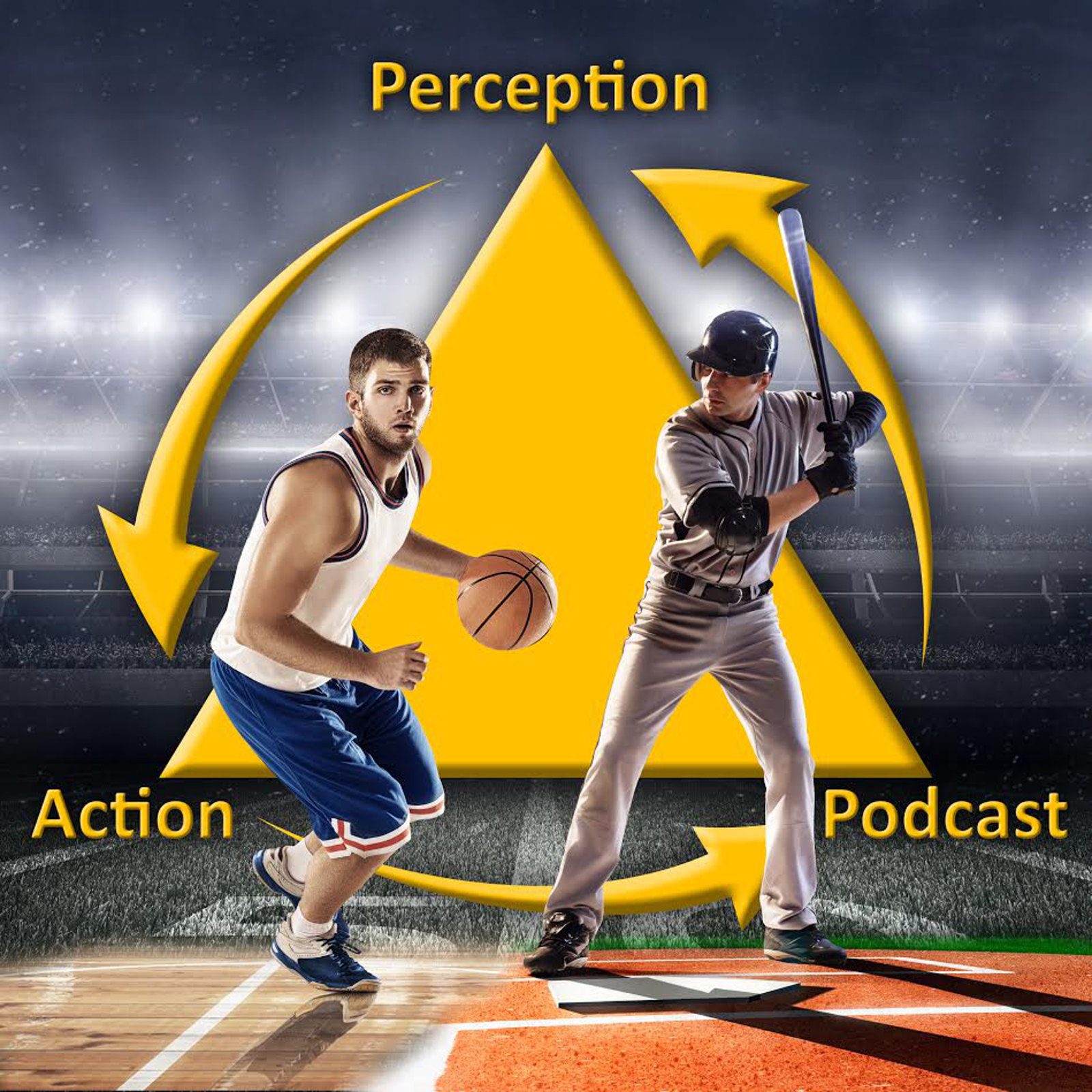The latest in skill acquisition and performance research from perceptonaction.com
-Can Heart Rate Variability Biofeedback Improve Athletic Performance? Your heart rate variability is essentially a measure of the consistency of timing from beat to beat. I think most people are surprised to learn that a healthy heart doesn’t beat with perfect regularity like a metronome. Low variability in the timing of your heart beats is actually an indicator of cardiovascular problems and a poor reaction to stress or anxiety. In heart rate variability feedback training, participants are asked to try to breathe at a resonant frequency (usually between 4-6 beats/minutes) by following a pacing stimulus like a light moving up and down. This training has been shown to increase heart rate variability. In a recently published systematic review, Pagaduian and colleagues looked at studies investigating whether it also helps sports performance. In total the authors identified 6 studies which included a control or placebo group for comparison. These including studies looking at simple reaction time, basketball shooting, running and dancing. Overall the results were quite mixed with some showing positive effects and others not. So while there are some positive indications more research is needed.
-One of the more exciting technological developments in sport science research in recent years has been in increasing ability to take behavioral and physiological measures outside the lab use them under more realistic conditions. An example of this described in a new study by Hulsdunker and colleagues is measuring visually evoked potentials or VEPs during the execution of sports specific tasks. A VEP is an electrical signal in your brain (measured from the outside using EEG sensors on your scalp). It is a measure of our brain’s response to a visual signal that can used to assess many different things. For example, the VEP latency and amplitude is used to assess attentional focus and has been shown to be depend on skill level in sports. In this current study, the authors compared VEPs in response to motion stimuli under two different conditions: an expanding stimulus on a computer screen (like you would use in a lab) and table tennis balls launched by a projection machine. VEPs for the two conditions were highly correlated when measured for a group of elite table tennis players suggesting it is possible to use the measure under more sport specific conditions.
-Finally today, imagine you’re playing golf and there is strong cross wind always going left to right that day. How can you make sure your drives go straight? From motor learning research, we know there two fundamentally different ways to do this. Explicit learning involves developing a strategy you are consciously aware of and plan ahead of time before moving. So, for example, you might aim way to the left so that the wind blows the ball back into the fairway. Implicit learning, on the other hand, occurs when we develop a way to perform that via experience and is more unconscious. So, for example, after a few shots you might recalibrate your swing so that you work the flight of the ball from right to left into the wind. On this week’s episode of the Perception & Action Podcast I consider whether it’s a good idea for a coach to try to encourage both of these types of learning. That is, should you give an athlete an explicit instruction on how to correct technique and let them also encourage them to learn implicitly? How do these two interact? What does it have to say about the idea many propose that coaches should be sampling from and mixing theoretical approach to motor learning? Tune in if you are interested.
-That’s the latest from the world of skill acquisition. Find links to the articles I mentioned today on my blog page and learn much more by subscribing to the Perception & Action Podcast at perceptionaction.com. Have a great day and keep ‘em coupled.
To enable the news briefing on your echo:
Go here: https://www.amazon.com/dp/B08CZ8Y2T2
OR
-From the Alexa app on your phone go to settings by pressing the three little lines in the top left
-Go to Skills & Games
-Search (magnifying glass in top right) for “Skill Acquisition News”
-Click Enable to Use
-Say: “Alexa, what’s my Flash Briefing?” (Note, this will play any other news items you added too).
